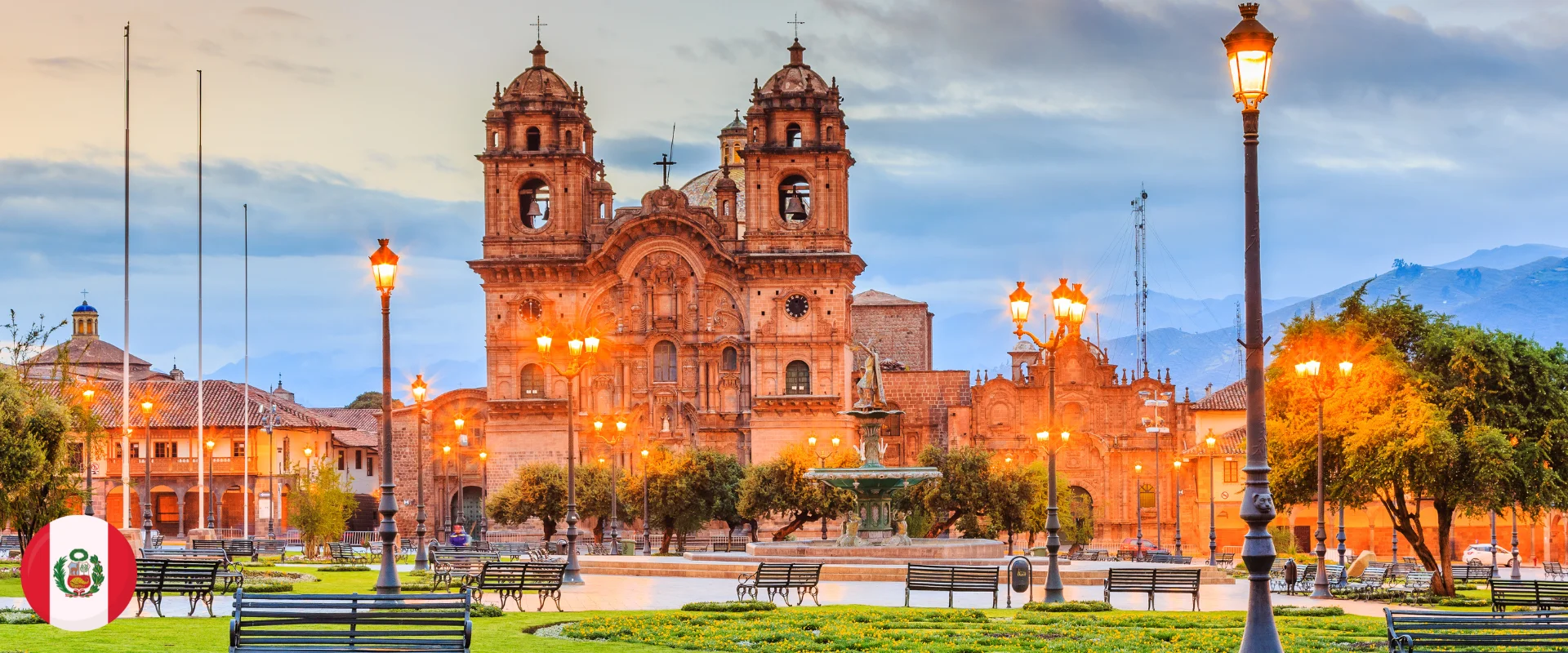Peru’s gastronomic landscape complements its diverse festivals, as culinary traditions intricately link cultural expression to the nation’s identity. As we delve into Peruvian dishes, signature drinks, and unique ingredients, the intricate tapestry of flavors and influences becomes apparent.
Signature dishes: Ceviche, Lomo Saltado, Ají de Gallina
Peruvian cuisine enchants with its complexity, as seen in dishes like ceviche, lomo saltado, and ají de gallina, each a flavorful testament to cultural fusion. Ceviche fresh fish marinated in lime juice is emblematic of coastal flavors, offering a refreshing twist with its vibrant seasoning and accompaniments like sweet potatoes.
In contrast, Lomo Saltado blends Peruvian flavors with Chinese influences, creating a stir-fry that juxtaposes tender beef against crisp vegetables, with soy sauce imparting an added depth. This dish symbolizes the harmonious mingling of cultures, resonating through each savory bite.
Next comes Ají de Gallina, embodying comforting flavors with shredded chicken in a creamy, spiced sauce fashioned from ají peppers. Traditionally enjoyed with rice, this dish is a staple within households, its heartwarming narrative familiar across families seeking authenticity and comfort.
Through exploring each flavor profile, travelers engage with a culinary journey that showcases Peru’s vibrant palate while upholding tradition and innovation alike.
Street food: Anticuchos, tamales, empanadas
Vibrant street food illustrates local gastronomy’s accessibility, where dishes like anticuchos, tamales, and empanadas provide mouthwatering adventures through robust flavors and history. Anticuchos bring marinated beef heart skewers to life, cooked over open flames to emphasize smoky undertones reminiscent of pre-Columbian times.
Tamales offer a soft cornmeal surprise filled with pork or chicken enveloped by a seasoned dough, delighting palates with every bite. While empanadas filled with diverse ingredients like olives and hard-boiled eggs add flair through crispy, golden pastries, encapsulating multicultural influences in one appetizing package.
Street vendors lining city centers provide an authentic taste of Peru’s culinary landscape, entwining flavors with compelling narratives of historical ingenuity and modern affordability.
Superfoods and native crops: Quinoa, potato varieties, corn
Peru’s superfoods showcase the nation’s agricultural wealth, underscoring native crops like quinoa, diverse potato varieties, and corn that enrich traditional recipes with nutritional prowess. Renowned for its high protein content, quinoa has emerged as a modern dietary staple, revered for its adaptability in salads, soups, and entrées.
Peru’s claim as the “birthplace of potatoes” emanates from over 4,000 indigenous varieties, each offering unique textures and flavors. Meanwhile, corn, particularly large-kernel choclo, invigorates culinary classics, demonstrating its fundamental role in the Peruvian diet.
These superfoods encapsulate an ancestral relationship with the land, drawing visitors into a world of nutritional riches visible within each market stall and proudly nurtured in Peruvian agriculture.
Must-try drinks: Chicha Morada, Pisco Sour, Coca Tea
Peru’s beverage culture imparts refreshment laden with tradition through creations like chicha morada, pisco sour, and coca tea, each delivering a flavorful introduction to local augmentations.
Chicha Morada, crafted by boiling purple corn with sweet fruits and spices, offers a sweet, aromatic interlude to the streetside fare. Seen at festivals or as a casual refreshment, this drink is a reminder of pre-Columbian flavors framed within modern consumption.
The renowned Pisco Sour, conjured from the grape distillate pisco with citrus and egg whites, delivers citrusy sweetness coupled with frothy elegance, an embodiment of Peruvian creativity and resilience.
Lastly, Coca Tea, an infusion derived from coca leaves, serves as an ideal companion when scaling altitudes, providing relief from physical demands with its indigenous roots. Its celebrated effects reintroduce travelers to age-old herbal wisdom, aiding in both acclimatization and cultural immersion.



